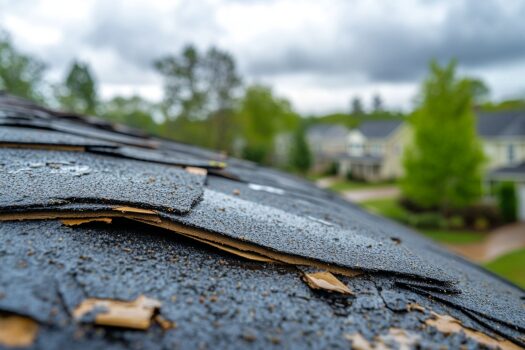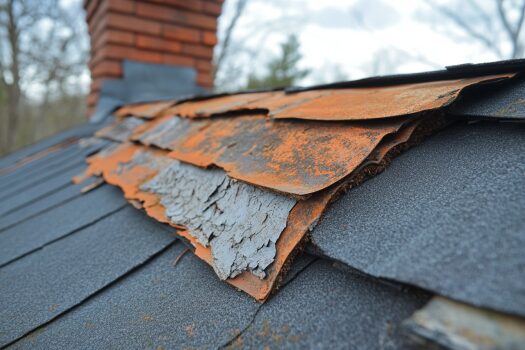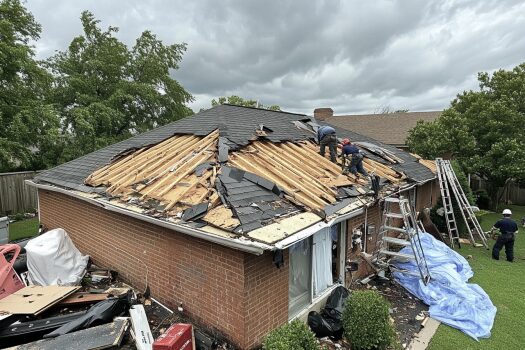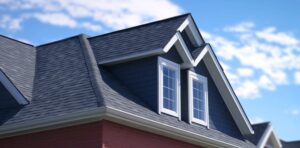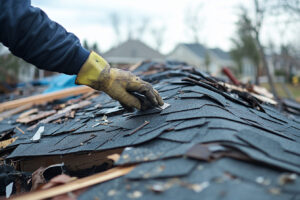Richmond, Virginia, faces a diverse range of weather conditions, from heavy rainstorms to high winds and intense summer heat. Over time, the Richmond environment will take a toll on roofs and exteriors, leading to subtle issues or severe damage. It’s essential for homeowners to know the right steps to assess weather damage and protect their property’s integrity. At Best Choice Roofing, we understand the unique challenges of the Richmond climate and are here to help you identify and address any roofing concerns. Read on for seven practical tips to assess roof damage and how to detect weather damage after a storm or season of wear.
1. Check for Missing or Broken Shingles
High winds and heavy rains often dislodge or break shingles, which can lead to more significant problems if left unaddressed. Look for bare patches on the roof or shingles scattered on the ground around your home. Even a few missing shingles will expose your home to moisture damage, so be sure to check after each major storm.
2. Inspect for Granule Loss
Asphalt shingles are covered in tiny granules that protect the roof from UV rays and impact damage. After a storm, check gutters and downspouts for an excessive accumulation of these granules. If you notice a lot of granules, it’s a good indicator that your shingles may need attention or replacement.
3. Look for Water Stains Inside Your Home
Water stains on your ceilings or even your walls are often usual signs of a roof leak. Richmond’s humidity can accelerate water damage, so check for discolored patches, peeling paint, or sagging ceilings. These issues may point to roofing problems that need immediate repair to prevent further structural damage.
4. Examine Flashing Around Roof Features
Flashing is installed around chimneys, vents, and skylights to prevent leaks in these vulnerable areas. Harsh winds and strong rains can loosen or displace flashing, which allows water to seep in. Inspect these areas closely and look for gaps, rust, or missing sections of flashing.
5. Look for Signs of Mold or Algae
Mold, mildew, and algae growth on shingles or around the edges of your roof can indicate moisture buildup, which may stem from insufficient ventilation or a leak. Richmond’s humid climate fosters mold growth, so it’s so vital to address this issue to prevent long-term damage and health concerns.
6. Survey Gutters and Downspouts for Clogs and Damage
Storms will usually clog your gutters and downspouts with leaves, twigs, and other debris. When these systems are blocked, water can overflow and seep into the roofing or siding. Make sure gutters are clear, and inspect for any signs of bending, sagging, or detachment from the roof edge.
7. Consult a Professional Roofing Service
While some roof damage is easy to spot, other issues may require an expert eye. At Best Choice Roofing, we specialize in assessing and weather damage repairs to protect your home. Our team knows how to detect weather damage that might go unnoticed by the untrained eye, offering a thorough inspection to ensure nothing is missed.
Protect Your Richmond Home with Best Choice Roofing
Regular assessments and prompt repairs can exponentially lengthen your roof’s lifespan and reduce the potential for costly repairs down the line. After any major storm or severe weather season in Richmond, give us a call at Best Choice Roofing. Our professional team is here to help you safeguard your home, ensuring your roof stays strong and reliable through any weather. Contact us today for a free roof inspection and consultation!
